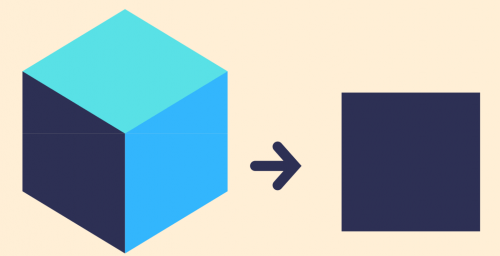The 4 parts of computational thinking in the digital technologies curriculum

Are you stuck on where to begin with computational thinking (CT) in the digital technologies curriculum? Are you wondering how to implement it (CT) into your class programme, or school curriculum? Did you know that there are 4 parts of computational thinking in the digital technologies curriculum? This post will illustrate this and break the 4 parts of computational thinking down to make your teaching easier.
Sign up below to get a handy infographic in te reo Māori as well as English.
The Digital Technologies/Hangarau Matihiko curriculum describes computational thinking as skills that enable students to express problems, and formulate solutions in a way that means a computer (an information processing agent) can be used to solve them. Personally, I liken it to teaching students how to problem-solve.
Breaking down Computational Thinking:
There are 4 aspects to computational thinking. These 4 parts are important to keep in mind when designing learning activities for students.
1. Decomposition – breaking down the problem into smaller, more manageable parts;

2. Abstraction – focusing on the important information only, ignoring irrelevant details;

3. Logic/pattern recognition – looking for similarities within problems; and

4. Algorithmic thinking (algorithms) -– developing a step-by-step solution to the problem.

Let me give an example of how we use Computational Thinking in everyday life.
Imagine you are driving a long distance and your tyre blows out. You pull over and begin thinking about how to solve this problem.
- We use decomposition by breaking down the problem of the tyre being flat into separate, smaller problems to solve one-by-one. How is this issue going to be solved? You think about how you need your car jack, a spare tyre, and a socket wrench to loosen the lug nuts.
- We use abstraction to focus on the immediate problem and ignore the other issues (you might be worried about being late, or wonder if you have enough petrol to get to your destination).
- We now use logic (or pattern recognition) to think of times when this may have a) already happened previously, or b) how you compare this situation to another one; focusing on the similarities and differences.
- The algorithm part of the problem is solving it: step-by-step. In this case, it is changing the tyre in the correct manner.
With Computational Thinking ingrained in the education system from year one onwards, students become aware of what is possible with computing in order to make informed decisions as digital world citizens (Ministry of Education, 2017). We need to prepare our students for a fast-moving digital world where they have the confidence and skills to not only use digital technologies, but to design and create digital systems.
Get a free infographic of the 4 parts of computational thinking
in te reo Māori and also English

Facebook Comments